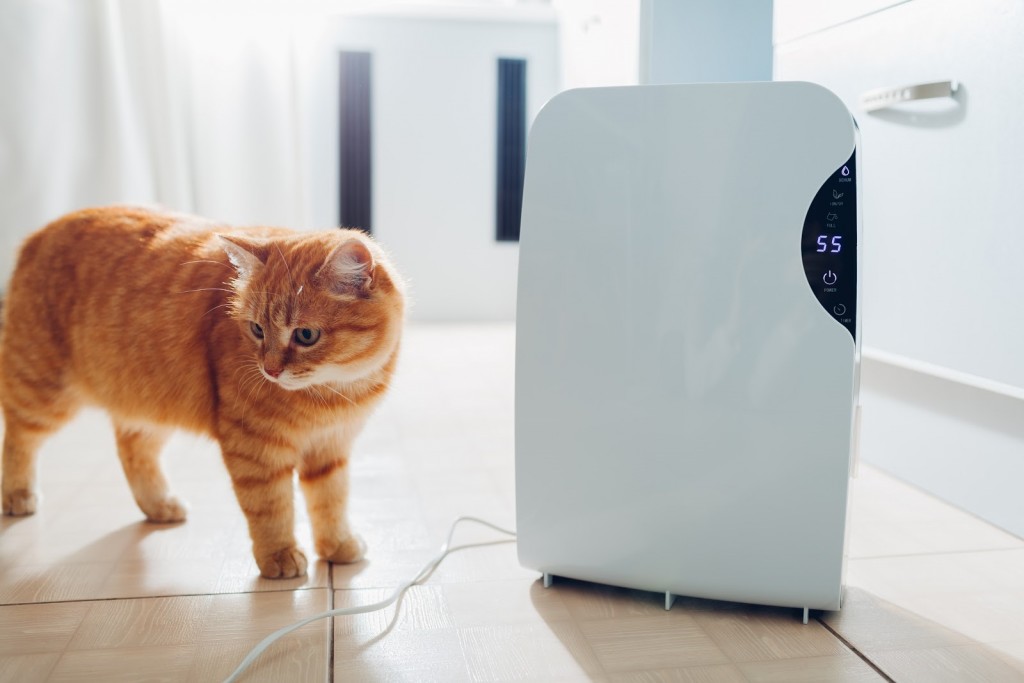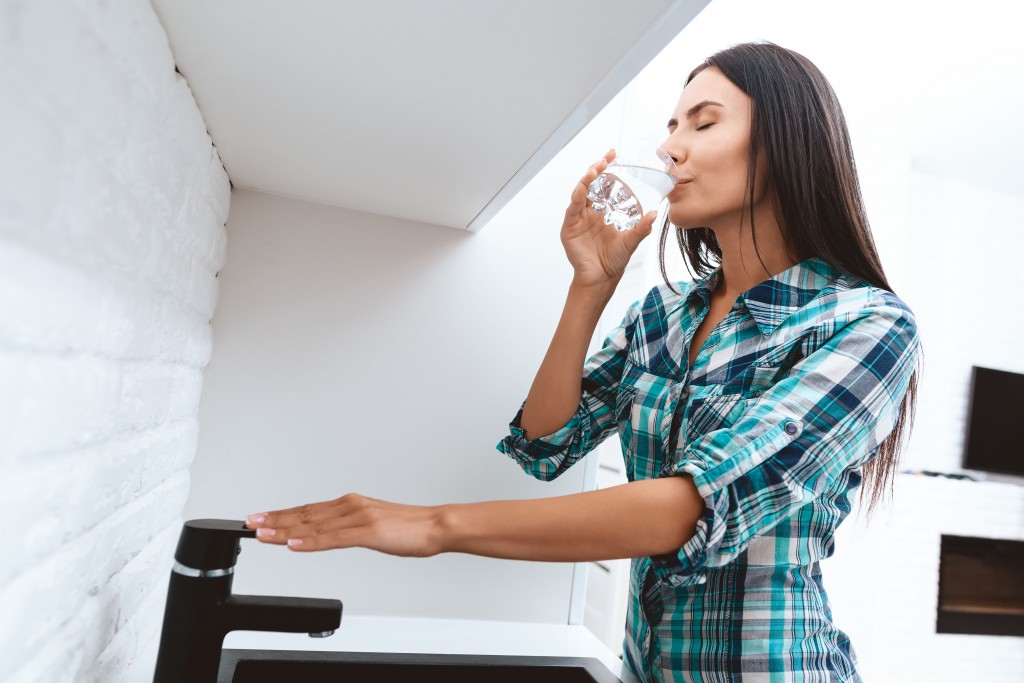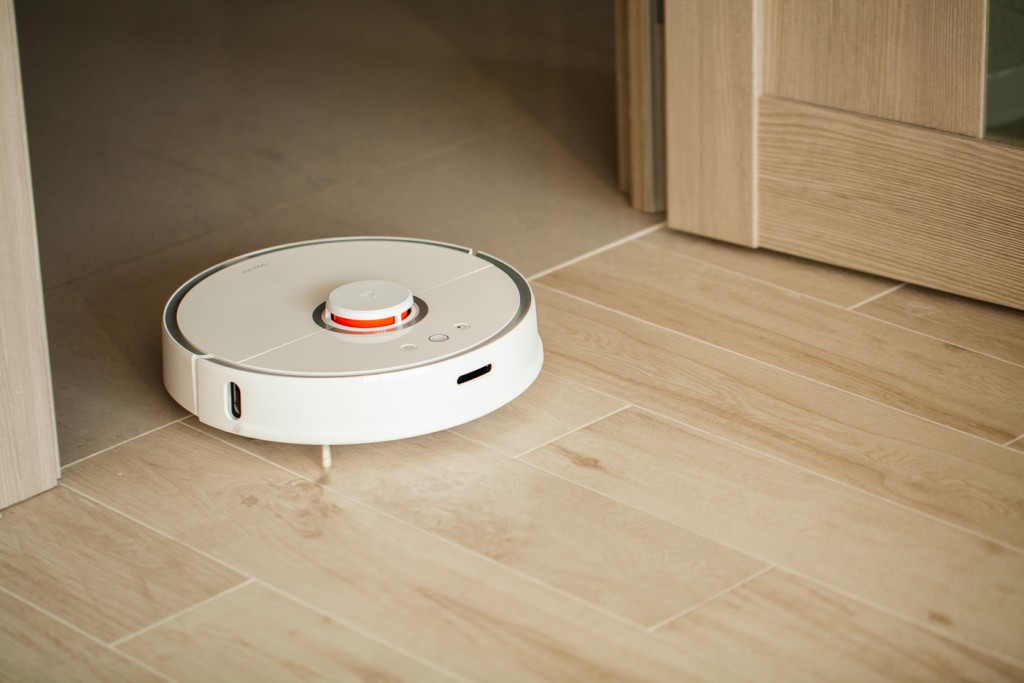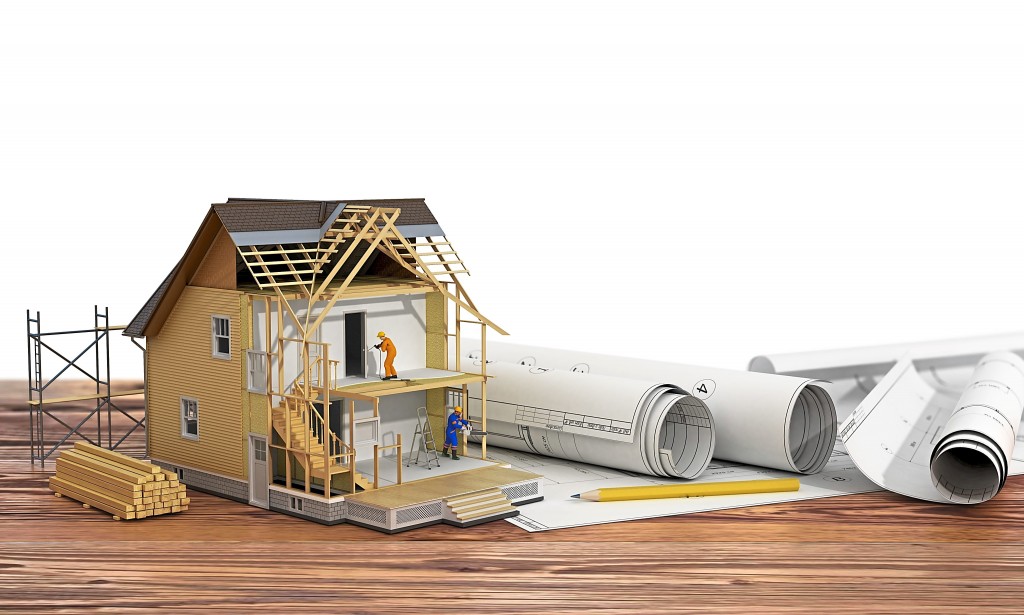With the progress of technology, a new wave of home appliances has upped the game when it comes to helping you minimise the spread of bacteria germs and most viruses.
First, it’s best to note that products and appliances are often advertised as 99.9% effective against bacteria and germs (sometimes viruses too) because there are strains of pathogens that are resistant to some sanitation methods. Generally, high temperatures and shortwave ultraviolet (UV) radiation can render most bacteria and viruses inactive; however, it’s advisable to do a little research on the specific infection before making a purchase decision.
That being said, researches have found that UV radiation and high-temperatures can inactivate bacteria and common flu viruses. Since prevention is better than cure, here are five home appliances that can help you minimise the chance of infection:
Specialised Air Purifiers

While UV light air purifiers can reduce pathogens in a small living space, it will not eliminate exposure entirely.
Standard air purifiers are only able to filter dust, pollen and odour from the air. An air purifier with a HEPA filter and activated carbon filter may trap certain bacteria and viruses but not eliminate them. However, air purifiers with a built-in germicidal UV light can help kill most airborne bacteria and viruses, minimising the presence of airborne pathogens.
It is advisable however to still wear a mask at home if you are living with a person showing systems of the flu since more pathogens are released in the air through saliva droplets each time sick individuals sneeze or cough.
Steam Cleaners

Add disinfecting chemicals to your steam cleaner if the steam temperature is not hot enough to disinfect.
Cleaning carpets and fabric furniture thoroughly always poses a challenge, yet it is necessary, especially with the presence of pets and small children at home. Steam cleaners are an easy and effective way to kill dust mites, bacteria and germs as well as viruses that can’t survive high temperatures.
Steam cleaners function by heating up water to high temperatures to convert it to steam and ideally, temperatures should be above 80 degrees celcius to effectively disinfect. However, it may be possible to add disinfecting chemicals instead if you prefer avoiding the use of steam at extreme temperatures.
Dishwashers
Dishwashing sponges can harbour bacteria if not disinfected and replaced regularly. A costlier but more practical solution is to purchase a dishwasher, although choices might be limited here in Malaysia.
Many dishwashers today have a sanitation cycle certified by NSF International, formerly the National Sanitation Foundation (US), that reduces 99.9% of bacteria found on dishes. These dishwashers are ideal for sanitising baby bottles, chopping boards, dishes and utensils.
UV Water filter

Consider purchasing a UV light water filter or a Reverse Osmosis (RO) filter to remove pathogens in the water supply.
In 1993, a chlorine-resistant parasite called cryptosporidium infected more than 400,000 and killed 69 people in the city of Milwaukee by spreading through the water supply. The standard water filter only serves to filter out dirt and impurities. A water filter with built-in germicidal UV light deactivates the majority of living organisms including cryptosporidium, e.coli, cholera, fungi and some viruses. An RO filter removes all impurities, bacteria and viruses but on the other hand, removes essential minerals as well.
Although boiling water remains the cheapest yet most effective way to kill all microorganisms, a water filter with the added UV light or an RO filter is a practical alternative for those drinking from the tap.
Robot mops

If you’ve got little ones crawling around and can’t spare the time to mop frequently, then robot mops are here to help you.
These robotic cleaners come in many variations. The mop variants are developed from the initial vacuum cleaning robots made popular by the Roomba. However, more sophisticated models today can incorporate both vacuum cleaning and mopping into a single appliance and may include built-in UV lights as well for added sanitation.
Stay ahead of the crowd and enjoy fresh insights on real estate, property development, and lifestyle trends when you subscribe to our newsletter and follow us on social media.














































